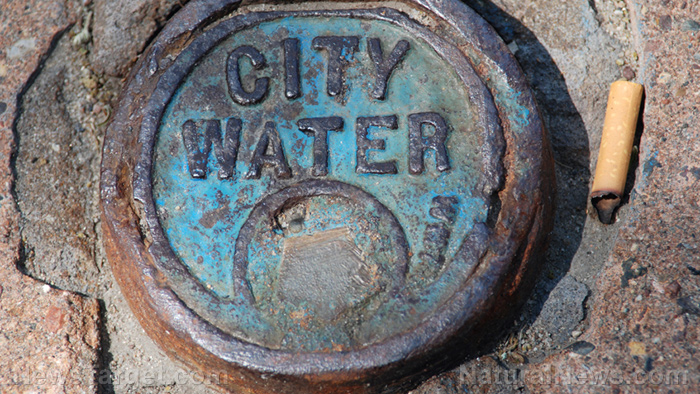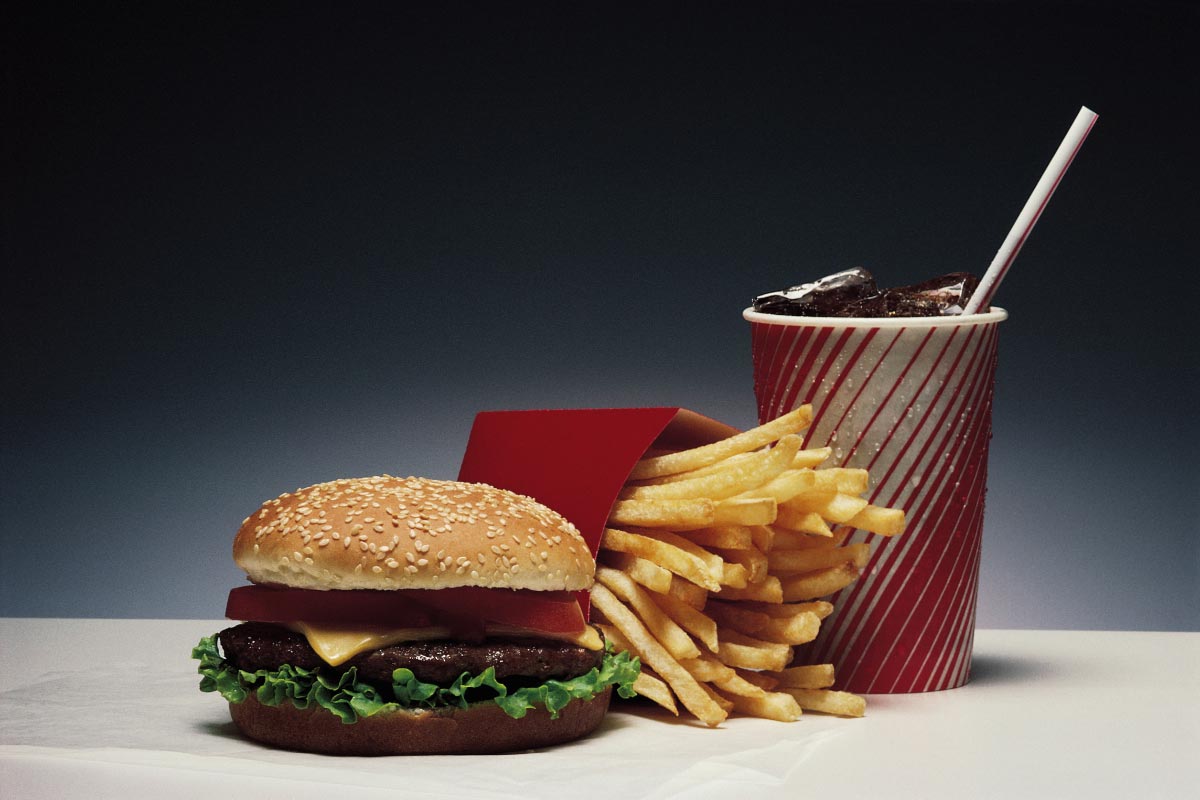Some spices may be contaminated with lead, study reveals
06/02/2019 / By Edsel Cook

A small study held by North Carolina-based researchers brought up the possibility that some home remedies and common spices may be contaminated by lead. Upon examining the residences of kids with high concentrations of lead in their blood, they reported finding traces of the heavy metal in ceremonial powders, herbal remedies, and spices.
Children with high levels of lead display lower IQ levels, cannot concentrate well, and perform worse at school. In adults, the heavy metal harms the reproductive health of both men and women. It also raises blood pressure, increases the risk of nerve disorders, hampers concentration and memory, and causes pain in the joints and muscles.
The U.S. does not have a national limit on the amount of lead found in spices. The maximum amount set by the Food and Drug Administration (FDA) for food and color additives derived from natural sources is 10 milligrams in every kilogram of the spice. If the food product is intended to be eaten by children, the limit drops to 0.1 mg/kg.
However, the researchers noted that spices do not fall under the purview of “food intended for children.” A spice could contain levels of lead that were permissible for adults but dangerous to children. (Related: Are your spices safe to eat? Research finds high lead levels in spices bought from China, India, and other countries.)
Spices may have levels of lead that are unsafe for children
Researchers from the North Carolina Department of Health and Human Services (NCDHHS) initiated the study in response to a recent spike in cases of high blood lead levels in a local county. While such incidences are decreasing on the national level, they increased in the county for an unknown reason.
From 2011 to 2018, they evaluated 983 homes in North Carolina. The final report covered 59 properties and 61 affected children. Most of the kids lived in new homes built after the 1978 ban on lead-based paints, which reduced the likelihood of chipped paint as the source of contamination.
In 10 of those homes, the researchers found consumer items that could contain lead. Another 32 of the evaluated houses did not show any signs of lead in bathtub glaze, dust, furniture finish, faucets, mini-blinds, and paint.
However, seven of the houses displayed high levels of lead in the samples of herbal remedies, spices, and non-edible ceremonial powders used for religious and social purposes. Children could ingest these lead-heavy products by accident.
The researchers tested samples of various spices found in those houses. They identified anise, chili powder, cumin, coriander, turmeric, and vanilla as the food products that displayed the worst levels of contamination by lead.
Most spices consumed in the U.S. come from countries that still use lead
An earlier federal study of American eating habits indicated that children ate small amounts of spices. However, this might not apply to the children of emigrants from Southeast Asia, where spices figure prominently in food.
The U.S. obtains 95 percent of its spice from countries that experience high levels of lead pollution. The food products exported by those countries are very likely to be heavily contaminated by heavy metals.
Another possible source of contamination is the deliberate addition of lead to make the spices look more colorful or weigh more. It is difficult to regulate these products if they are sold over the Internet or by traveling consumers.
The NCDHHS researchers suggested that authorities should keep track of the origin of ceremonial powders, herbal remedies, and spices that enter the U.S.
Food safety regulators should evaluate the products for heavy metal contaminants. Finally, the federal government should set a maximum permitted limit for lead in spices that applies to the national level.
Sources include:
Tagged Under: breakthrough, children's health, clean food, Contaminated Food, discoveries, food safety, Lead, Lead contamination, Spices, toxic elements, toxins
RECENT NEWS & ARTICLES
COPYRIGHT © 2017 TOXINS NEWS



















